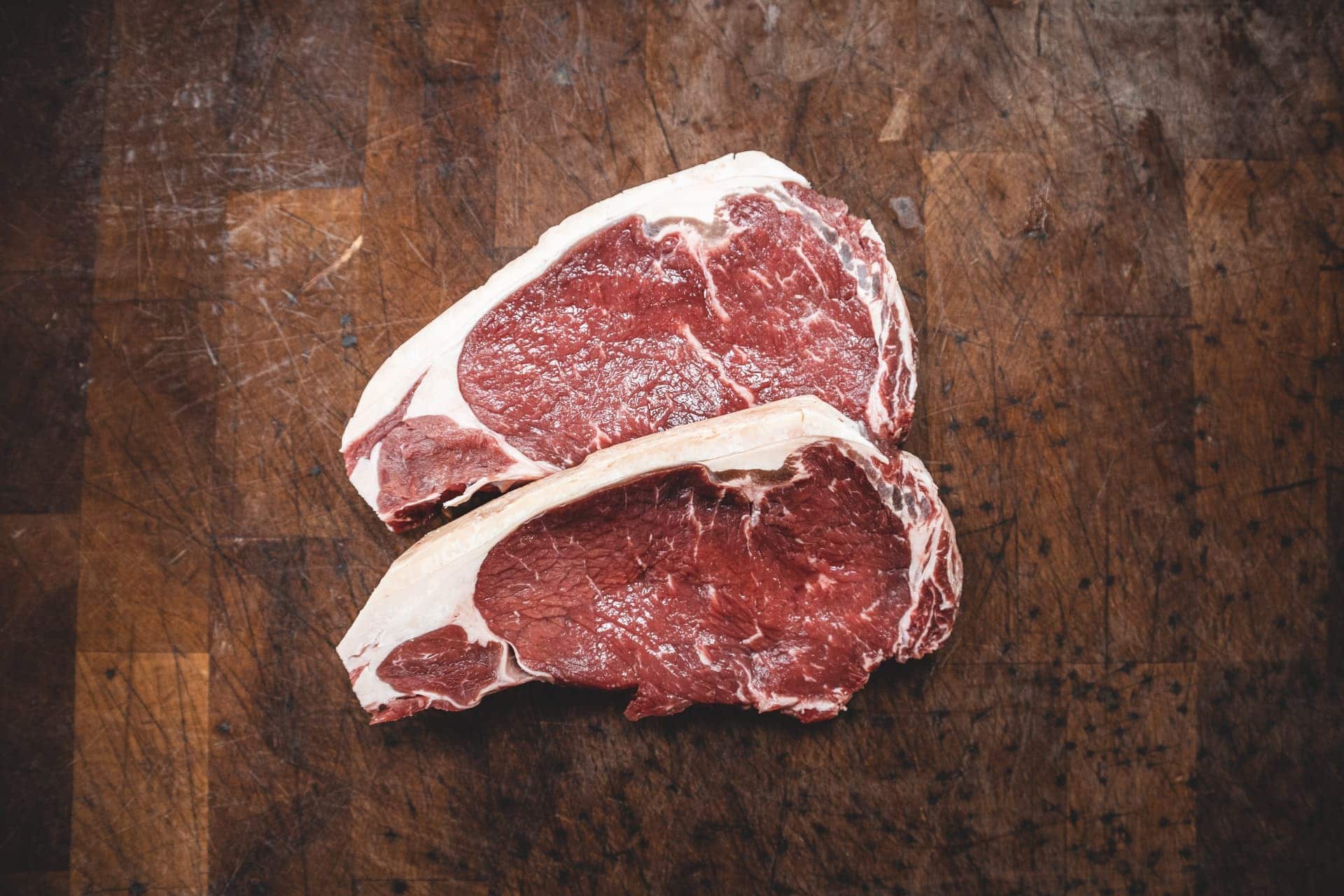Genetically engineered fruits and vegetables have been on our plates for years. From crops like corn and soy to fresh vegetables like potatoes, summer squash, apples, and papayas, genetically modified (GMO) foods are everywhere. Alteringthe genetic makeup of both plants and animals can increase their size and productivity and can make them more resistant to drought, pests, and other ailments that may affect production levels.
Another way scientists and farmers are teaming up to create hyper-productive plants and animals? Hormones. We are taking a closer look at added hormones, what they do to the animals they are injected to, and the potential repercussions they can have on our long-term health.
Hormones — why add them to our food?
First, let’s explore what the hormones in our food actually are. Hormones have been used for decades in the meat and dairy industry. Cattle have been — and still are — injected with different types of hormones to make beef livestock gain weight faster and increase the production of milk in dairy cows.
The types of hormones used have varied over the years from a synthetic estrogen compound called diethylstilbestrol (DES) — used in the 1950s but since banned due to it’s cancer-causing tendencies — to recombinant bovine growth hormone (rBGH), a different type of hormone still used in the United States today. Additionally, most cows in the United States receive doses of estrogen — mainly in the form of estradiol — in some combination with other hormones. Of course, many people have hesitations about the added hormones in our foods and want to understand how these invisible additions to our diets affect our health in the long run.
The Drawbacks Of Added Hormones
The trick to understanding the drawbacks of consuming the added hormones in our diets is knowing that no one has come up with a definitive conclusion. While some types of hormones have been banned throughout history due to their links to cancer and other reproductive issues, there are some actively being used in the animals we eat and milk for dairy due to their ability to increase the size and productivity of these animals.
Very little research has been done to explore the effects of hormones on human health. This is in large part due to the difficult nature of separating the effects of added hormones from the hormones human bodies produce naturally. Another reason it is so challenging to understand the effect hormones like the aforementioned rBGH have on human health is that, while the hormone itself may not negatively affect us, there’s a chance that it can increase another hormone, insulin-like growth factor (IGF). Increased levels of IGF, regardless of what causes the increased levels, have been associated with increased risk of breast, prostate, and other cancers in humans. While the link has not been clearly defined between IGF, especially IGF found in foods, with these cancers, we should be aware of this correlation.
With all that said, however, the amount of IGF we consume in our foods is essentially negligible. We would have to consume an insanely large amount of foods containing IGF to even equal the daily amount we produce naturally. The same is true for other hormones like estradiol used in most beef cows to increase their size. Some claim this hormone may spur earlier puberty in children, this link has not been clearly defined. So, while the connection between added hormones and health concerns does exist, it is not clear how, or even if, the two are connected.
Understanding Packaging — What Does “No Added Hormones” Mean?
Just like any other health claim, there’s a lot to understand about packaging claiming “no added hormones” or “no hormones”. Not to worry, we’ve broken down a few of the most common claims related to meat packaging for easy reading.
- No Added Hormones – This claim means that the animals were raised without added hormones. An important note — pigs and chickens are not legally allowed to receive hormones. So, while this claim may be used without third-party verification for beef, it may not be used for poultry and pork without a disclaimer notifying the purchaser of federal regulations.
- Hormone Free – All animals have hormones that are naturally occurring. This claim may be used to mislead the purchaser.
- USDA Organic – This claim means that the meat comes from a farm that is certified by a USDA-approved third-party agent to meet the strict USDA organic standards. Antibiotics, growth hormones, synthetic fertilizers, irradiation, and genetic engineering are examples of unacceptable practices under the USDA Organic label.
- Non-GMO – This claim primarily refers to what the animal ate while it was alive. As previously stated, GMOs are plants and animals that have been genetically altered to increase their production, desirability, or shelf-life. Since corn and soybeans are two of the most genetically modified crops in the world, the animal would not have been fed these plants or feeds containing them. This claim does require verification by a third party.
The Takeaway
If you’ve ever been at the grocery store unsure of which type of meat to purchase, you’re not alone. From red meats to cured meats, to everything in between, there’s no shortage of options available to us. Understanding where your meat comes from, how the animals were raised, and most importantly, what the labels mean on your packaging can be important when considering which types to purchase.
Our easy, chef-prepared, nutritionist-approved meals like Bison Shepherd’s Pie or Ranch Burger with Roasted Parmesan Broccoli can take the guesswork out of it and make your week easier! And for a wide variety of options, check out a few of our favorite protein-packed Snap dishes.





Leave a Reply
No Comments